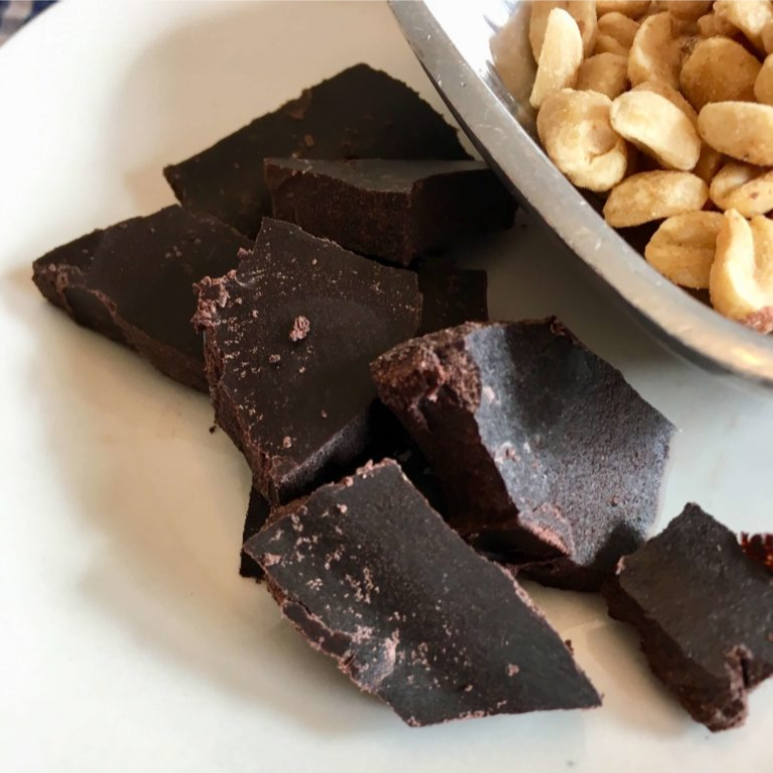Three servings of milk deliver a unique nutrient package! The dietary guidelines for Americans from the National Dairy Council recommends three serving of dairy products each day. Here’s why:
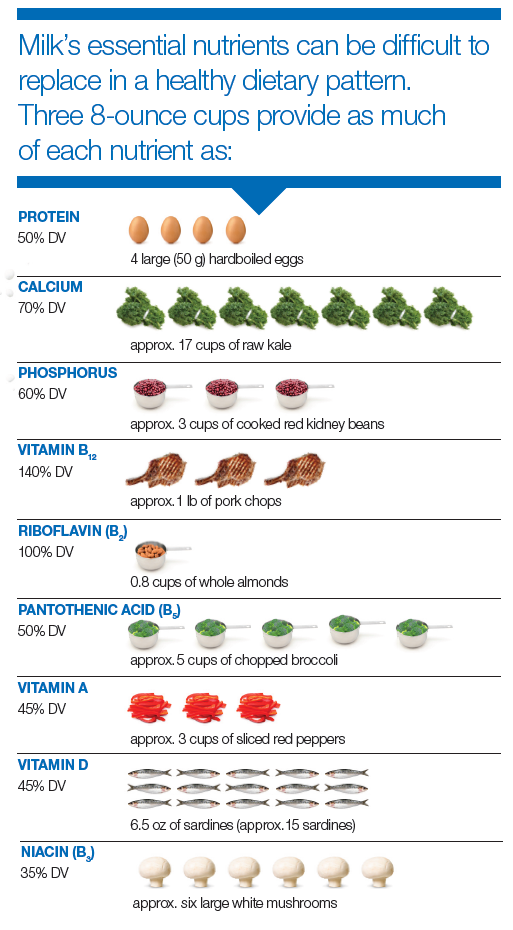
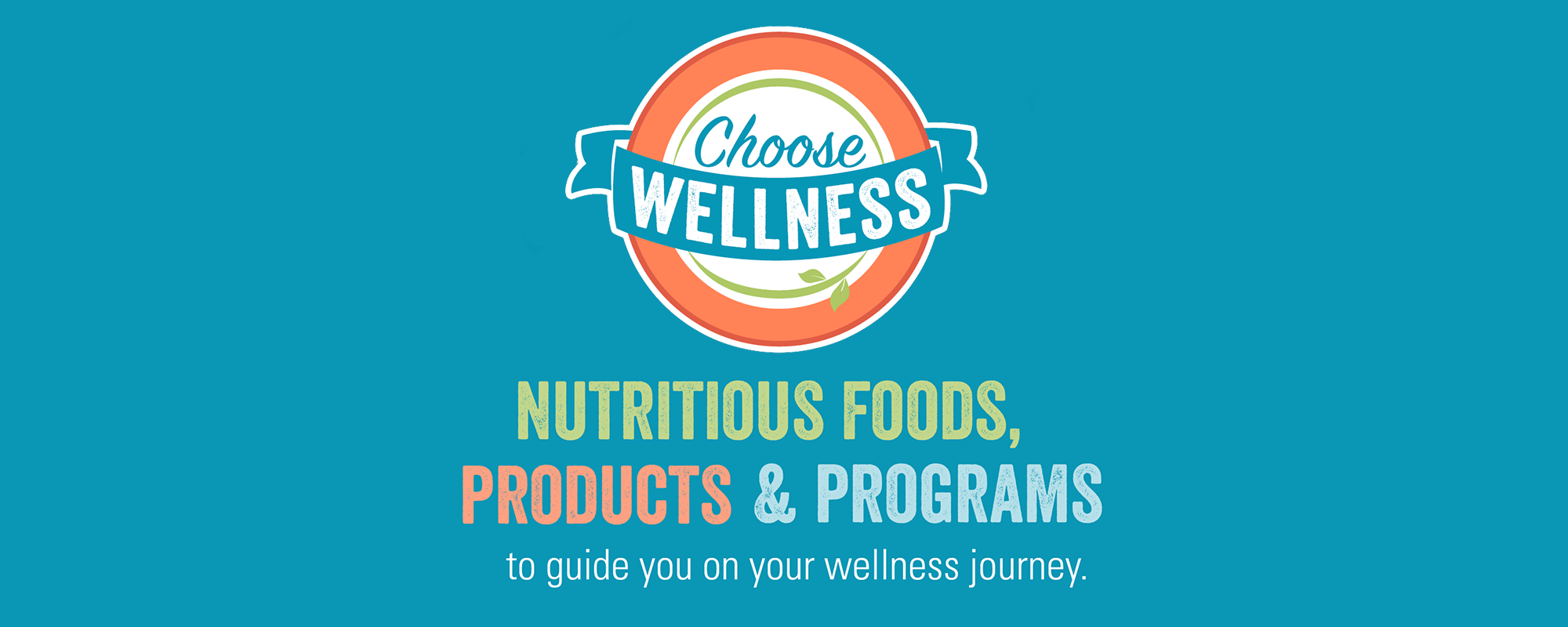
Three servings of milk deliver a unique nutrient package! The dietary guidelines for Americans from the National Dairy Council recommends three serving of dairy products each day. Here’s why:

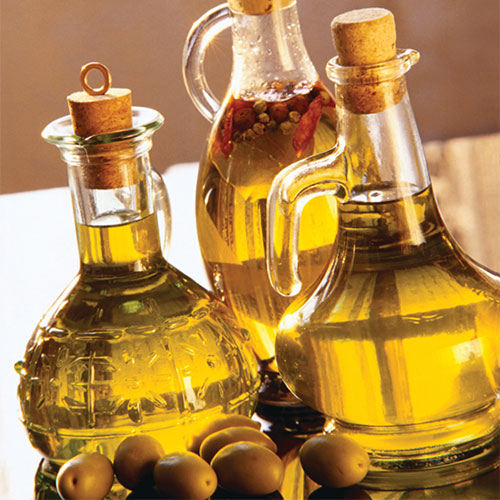
This article is sponsored by Best Choice Brand.
Olive Oil is noted as one of the best options to cook with.
The Process
Simple enough: olive oil is formed from pressing the oil from olives. Extra virgin olive oil is cleverly abbreviated as EVOO. Extra virgin olive oil is cold pressed through a process using water at the same temperature of the olives at specific stages of the oil extraction. The difference between regular olive oil is that extra virgin olive oil doesn’t use hot water or chemicals to extract oil for lower quality oils.
The Benefits
This oil is high in antioxidants and is a healthy source of high-quality fat. EVOO is included in a Mediterranean Diet for its healthy fats. Some even believe that EVOO can fight against heart disease.
What makes Best Choice extra virgin olive oil special?
The Best Choice EVOO olives are from Southern Italy. The olives are grown in Calabrian Region (Boot of Italy). These olives are touched by the caring hands of an Old Word Family Farm, not a big corporate bottler. Also, the EVOO olives are Italian olives and not a blended oil made from multiple countries. This ensures the highest quality.
Best Choice’s unique packaging also stands out as well and provides additional quality components. Any quality EVOO should be in a dark green bottle because everyday light in homes can breakdown the healthy qualities of EVOO. This is why the Best Choice Olive Oil is packaged in a dark green bottle. The 34 oz bottles of EVOO come with a unique, pop-up pour spout. The spout offers a cleaner use as well as an easier way to pour for all of your recipes.
For recipes highlighting EVOO or olive oil, click here: https://bestchoicebrand.com/news/benefits-of-best-choice-olive-oil-and-evoo/
Sponsored by Johnson & Johnson
Gingivitis is a common and mild form of gum disease that is a precursor to the more-serious gum disease called periodontitis. Gingivitis can be so mild, in fact, that you may not even recognize it.
Here’s what you should know about the causes, symptoms, treatment and prevention of gingivitis.
What causes gingivitis? Gingivitis is caused by the buildup of bacteria, mucus, and food debris in our mouths, which combine into a sticky substance called plaque. When plaque doesn’t get removed by regular dental care, it turns into a more resilient substance called tartar. Plaque, tartar and the toxins they produce infect and inflame the gums, developing into gingivitis.
What are the symptoms of gingivitis?
How to treat or prevent gingivitis? The best way to treat gingivitis is to prevent it from happening by maintaining a healthy oral-care routine, including:
Other factors that can lead to gingivitis. Gingivitis is most commonly caused by plaque buildup, but there are a number of other conditions that may raise the risk of gingivitis, including:
This article includes information from the National Institutes of Health, the Centers for Disease Control and Prevention, Mayo Clinic and the American Academy of Periodontology.
© Johnson & Johnson Consumer Inc. 2019

Sponsored by Johnson & Johnson
Your skin changes as you age, and so do the ways you need to protect it from the sun. A baby’s skin, for instance, can be up to 30 percent thinner than an adult’s, and as we reach middle age and beyond, the skin can thin and become increasingly sensitive. And since sun exposure can, over time, lead to skin cancer and premature skin aging, it is important for people of all ages – from infants to the elderly – to take the proper steps to mitigate those risks.
Here’s how to protect yourself and loved ones of all ages from too much sun exposure.
Infants – Under six months, babies should be kept out of direct sunlight. Dress your baby in breathable clothing that covers the whole body and a hat. Consult your physician for sunscreen use in children six months.
Babies – Babies older than six months should still keep sun exposure to a minimum and should use broad-spectrum sunscreen (meaning it protects against UVA and UVB rays) when outdoors.
Toddlers – Be diligent about applying broad-spectrum sunscreen with at least SPF 30 every two hours with busy toddlers. Use water resistant formulas when your child is sweating or swimming.
School-age children – As kids go to school and participate in activities away from home, it is harder to make sure they are using sunscreen. Talk to children about sun safety at recess and during sports. Apply sunscreen at home and ask your child, teachers and coaches to make sure it is reapplied when they play outside.
Adults – Wearing sunscreen for outdoor activities is an obvious must. But because sun exposure can lead to skin aging and increases the risk of skin cancers, it’s also a good idea to wear sunscreen for everyday activities including driving in your car or walking the dog. To minimize the effects of long-term sun exposure, using a daily moisturizer with SPF is a good everyday protection.
Older adults – Our skin gets thinner, drier and more vulnerable as we age. Regularly using a broad-spectrum sunscreen when outdoors is a must, and long sleeves and wide-brimmed hats are a good protective measure as well.
©Johnson & Johnson Consumer Inc. 2016
Sponsored by Johnson & Johnson
Summer is one of the harshest seasons on hair. With it comes sunlight, humidity, and chlorine or salt water from swimming. Despite all this, healthy hair is possible with just a few healthy hair tips – here’s how.
How to Protect Hair from Chlorine
Nobody wants chlorine hair! Chlorine can strip hair of natural oils and remove the coloring in dyed hair. It can even turn blond hair green. One of the best defenses is wearing a swim cap to protect hair from the harsh chemicals. If the damage is already done, it is best to consult a professional stylist to see if the damage can be reversed or at least hidden with fresh color. A gloss or glaze treatment is less expensive than a full color and may fix the brassiness of chlorine damaged hair.
How to Protect Hair from Direct Sun
Sun not only bleaches hair, it can also create dry, damaged hair. One trick is to apply a hydrating oil mask to the hair once a week. The best sun protection for hair is to wear a hat outdoors or apply a UV blocking serum to hair before stepping outside.
Salt Water and Hair
A little salt water won’t hurt hair. In fact, a dip in a salt water pool or the ocean can be beneficial. A simple towel-dry and scrunch adds beachy waves to hair. A lot of time in salt water is another story. It can make hair hard and dry, and it can damage color. Applying a serum that is made specifically to protect hair from salt water is key. A pre-shampoo conditioning treatment and leave-in conditioner before a dip can help too. If hair has already been damaged by salt water, a leave-in conditioning treatment may soften the hair follicle.
How to Protect Hair from Humidity
Humidity can make even the straightest hair frizz. A straightening serum used before a straightening iron keeps hair smooth and can also be used as one of your anti humidity hair products. The serum can also make the style last much longer. If straightening isn’t an option, an anti-frizz serum might work. This serum works best when a small, pea-sized dollop is squirted into one hand, the hands are rubbed together vigorously, and the serum is massaged through the hair, starting at the roots and working upward.
Summer doesn’t need to be hard on hair, now that you have these healthy hair tips! Follow these summer tips and you’ll have healthy, beautiful hair throughout the hot months and straight into autumn.
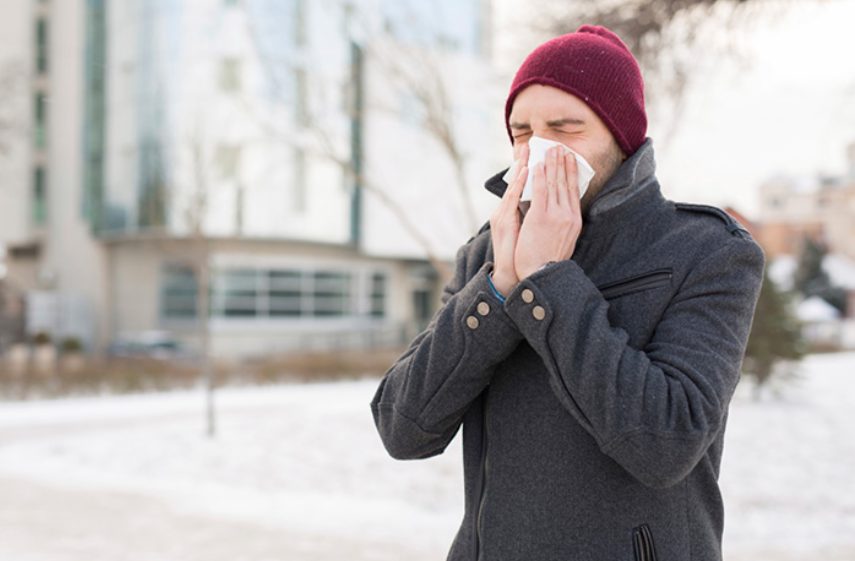
Sponsored by Johnson & Johnson
Pressure in the sinuses? It could be more than just a cold — it may be a sinus infection. Here are four sinus-infection tips for understanding and dealing with sinus infections.
Are sinus infections contagious? If so, how long is a sinus infection contagious for?
Sinus infections are probably not contagious. Unlike colds, sinus infections can be caused by bacteria. People who have allergies, asthma, structural blockages in the nose or sinuses, or people with weak immune systems are at greater risk for getting sinus infections. Also, people with nasal polyps (growths) or with narrow nasal passages can be more likely to get sinus infections. Antibiotics are a common treatment and you can also try nasal decongestant sprays and antihistamines to relieve symptoms. And as always, if you have a sinus infection, or recurring infections, talk to your doctor about your treatment options.
How can I help unclog my sinuses?
If you’re looking to unclog sinuses, drink plenty of fluids. It will help unclog your sinuses and hydrate your sinus-pressured self. You can also take decongestants suggested by your doctor, or use a clean humidifier or cool mist vaporizer to keep your sinuses moist. Other sinus-infection treatment and prevention tips include not smoking, avoiding second-hand smoke and other pollutants (airborne chemicals or irritants) that can irritate the nasal lining.
How can I be congested but have a runny nose at the same time?
The double trouble in the world of sinuses is caused by two different things. The stuffy nose come from swelling in your nasal passages, while post-nasal drip from a cold or sinus infection runs down the back of your throat. A cool mist vaporizer or saline spray may help ease symptoms. If you’re still looking for how to deal with a sinus infection, your doctor may also recommend over-the-counter medicines that can relieve symptoms.
Can a sinus infection cause a toothache?
Yes. Among the other joyful features of a sinus infection, there is a chance it can cause a toothache, particularly in the upper rear teeth (which are near the sinuses). First see your dentist to rule out a dental cause for the toothache, then consult your doctor. He or she will consider whether you’re experiencing your sinus infection, irritation, or another underlying medical problem is contributing to the toothache and can provide treatment if necessary.©Johnson & Johnson Consumer Inc. 2019
Small amounts of sugar are not harmful to the body and can help enhance the flavor of foods, but our bodies do not need sugars to function. Too much sugar can be harmful and increase your risk of obesity and heart disease. Sugars increase the number of calories in foods and give zero nutrients in return.
When discussing sugars, it is important to note that there are two kinds of sugars that are in foods: naturally occurring and added sugars. Naturally occurring sugars are found in foods naturally, such as the sugars in fruits and milk. Added sugars are sugars or sweeteners, which are added to products either during preparation or processing.
The American Heart Association suggests that women should have no more than 100 calories or 6 teaspoons of added sugar per day and men should limit their intake to no more than 150 calories or 9 teaspoons of added sugar per day. Reducing added sugar intake can help regulate weight and reduce the risk of obesity and heart disease.
Spotting added sugars in your food products can be tricky, here are a few common names for different types of added sugars:
Here are some tips to start cutting down on the amount of sugar you eat a day:
Sodium has many benefits in your body, such as controlling the fluid balance, and maintaining blood volume and blood pressure. However, having too much sodium in your diet can lead to raised blood pressure and can cause fluid retention. The American Heart Association recommends about 1,500 mg of sodium a day for adults, but on average, Americans tend to consume more than 3,400 mg a day. By simply cutting back your sodium intake by 1000 mg a day, you can drastically improve your overall health.
Sodium and salt are two words that are usually used interchangeably, but are not the same thing. Sodium is a mineral that can be found naturally or added during processing. Salt is a combination of sodium and chloride. It is said that about 70% of the amount of sodium people eat actually comes from packaged, processed and restaurant foods, not from the table salt. In order to cut back on the amount of sodium consumed, try incorporating these tips into your daily routine:
According to the American Heart Association the foods that contain the most salt in the American diet are:
This list may seem surprising, but many companies add sodium for preservation and enhancing flavor and texture. It is important to look at the labels to find the lowest sodium options to help improve your health.
In the protein food group, there are a wide variety of choices such as meats, poultry, legumes, eggs, processed soy products, nuts and seeds. Protein plays a key role in the body by helping build and maintain strong muscles, cartilage, skin and blood. There are also key nutrients that can be found in these different food products. Some of these nutrients include:
While there are many choices to choose from, some are higher in saturated fats which can lead to detrimental health risks. To avoid those health risks, try to eat leaner proteins. Lean proteins are defined as containing less than 10 grams of fat and 4.5 grams or less of saturated fats. Here are some examples of lean proteins:
Another way to make your proteins healthier is by the way you cook them. Here are some helpful tips on preparing your protein in a healthier way:
Nuts and seeds are another great source of protein that can reduce the risk of heart disease. However, it is important to know that nuts and seeds are higher in calories so eating smaller portions are a must.
We all need to indulge now and then. What’s the best way to indulge without the guilt? Choose dark chocolate for antioxidants, minerals and a lower-sugar sweet option.
Here’s how to make Homemade Dark Chocolate: https://clearlybrand.com/news/homemade-dark-chocolate/
